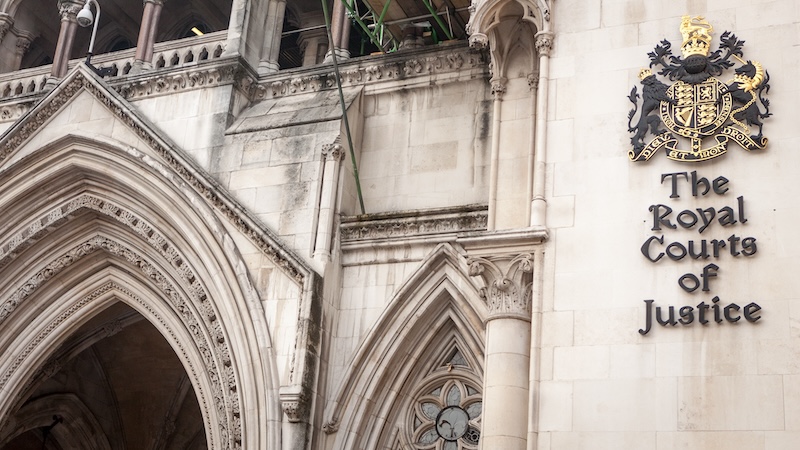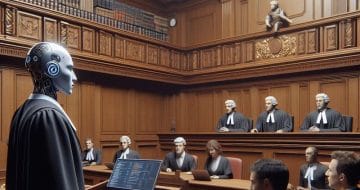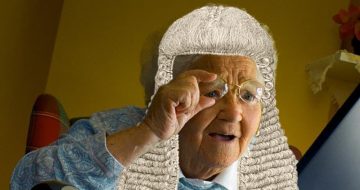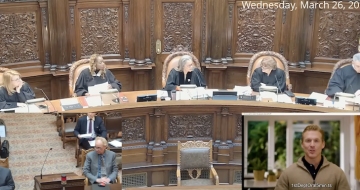Barrister and solicitor escape contempt proceedings

The High Court has issued a stern warning to the legal profession after examining two cases involving “fake” citations, suggesting in its judgment that senior lawyers may bear some responsibility for junior colleagues’ misuse of artificial intelligence (AI).
Legal Cheek reported last month on a case in which a pupil barrister cited five authorities that did not appear to exist. This followed an earlier case involving a solicitor who relied on legal research conducted by his client, which apparently included 18 fictitious cases.
The cases were later brought before Dame Victoria Sharp, President of the King’s Bench Division of the High Court, to determine whether the conduct in question amounted to contempt of court.
In the first of the two cases, the court held the instructing solicitor and his paralegal at Haringey Law Centre, a charity, were not responsible for the fake cases.
However, the pupil barrister’s conduct was found to have met the threshold for contempt of court — though the court ultimately decided not to initiate proceedings. “This is not a precedent,” Dame Sharp warned, taking into account mitigating factors, including that the barrister had been “criticised in public judgment” and was an “extremely junior” lawyer.
In the second case, it was found that the solicitor had relied on legal research provided by his client — which was the source of the “fake” cases. Although this meant the solicitor did not “know the true position,” Dame Sharp emphasised: “A lawyer is not entitled to rely on their lay client for the accuracy of citations of authority or quotations… It is the lawyer’s professional responsibility to ensure the accuracy.”
Both the barrister and the solicitor referred themselves to their respective regulators for investigation. The High Court also indicated that it would make its own referrals.
Calling on the profession to do more, Dame Sharp also found the guidance for judges, barristers, and solicitors “is insufficient to address the misuse” of AI.
“We would go further”, the judgment reads, calling on those with “individual leadership responsibilities (such as heads of chambers and managing partners)”, along with regulators, to ensure lawyers understand and comply with their “professional and ethical obligations and their duties to the court if using artificial intelligence.”
The judgment concludes with a stark warning: “For the future, in Hamid hearings such as these, the profession can expect the court to inquire whether those leadership responsibilities have been fulfilled.”
The judgment also includes an appendix containing cases from across the world with suspected or found misuses of AI.
Read the judgment in full:
Ayinde v London Borough of Haringey and Al Haroun v Qatar National Bank


